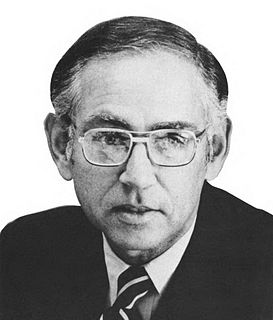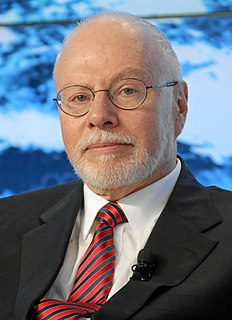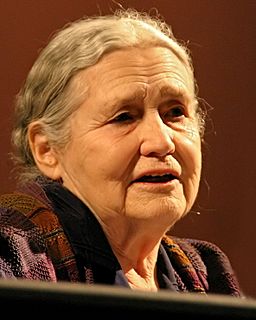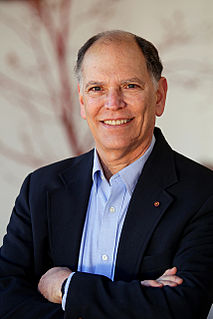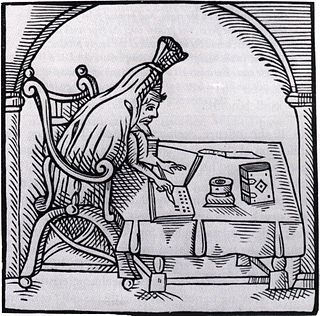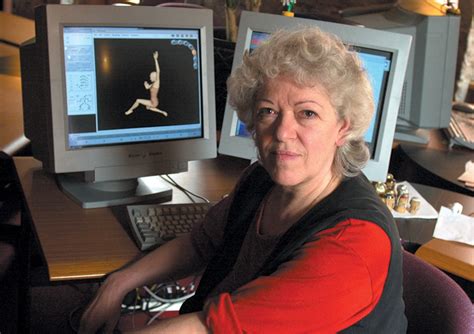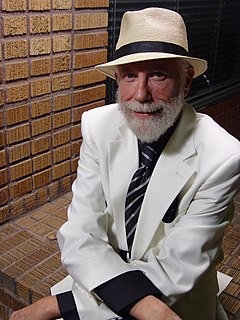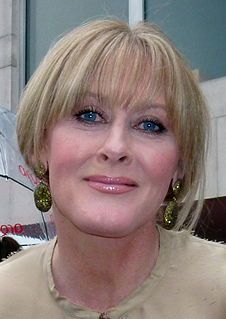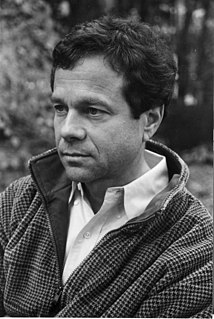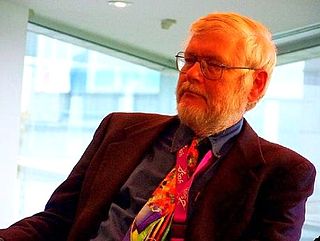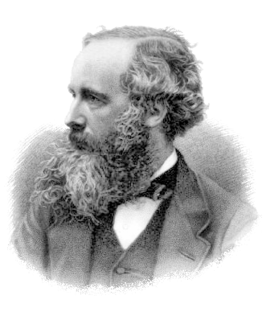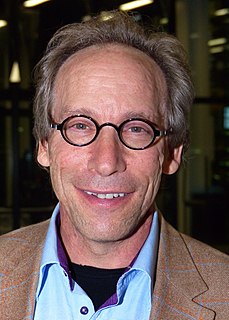A Quote by Murray Gell-Mann
What I try to do in the book is to trace the chain of relationships running from elementary particles, fundamental building blocks of matter everywhere in the universe, such as quarks, all the way to complex entities, and in particular complex adaptive system like jaguars.
Related Quotes
The mathematics clearly called for a set of underlying elementary objects-at that time we needed three types of them-elementary objects that could be combined three at a time in different ways to make all the heavy particles we knew. ... I needed a name for them and called them quarks, after the taunting cry of the gulls, "Three quarks for Muster mark," from Finnegan's Wake by the Irish writer James Joyce.
Today the network of relationships linking the human race to itself and to the rest of the biosphere is so complex that all aspects affect all others to an extraordinary degree. Someone should be studying the whole system, however crudely that has to be done, because no gluing together of partial studies of a complex nonlinear system can give a good idea of the behavior of the whole.
[G]enes make enzymes, and enzymes control the rates of chemical processes. Genes do not make "novelty seeking" or any other complex and overt behavior. Predisposition via a long chain of complex chemical reactions, mediated through a more complex series of life's circumstances, does not equal identification or even causation.
What of course I would like to be writing is the story of the Red and White Dwarves and their Remembering Mirror, their space rocket (powered by anti-gravity), their attendant entities Hadron, Gluon, Pion, Lepton, and Muon, and the Charmed Quarks and the Coloured Quarks. But we can't all be physicists.
We can now determine, easily and relatively cheaply, the detailed chemical architecture of genes ; and we can trace the products of these genes ( enzymes and proteins ) as they influence the course of embryology . In so doing we have made the astounding discovery that all complex animal phyla - arthropods and vertebrates in particular - have retained, despite their half-billion years of evolutionary independence, an extensive set of common genetic blueprints for building bodies.



